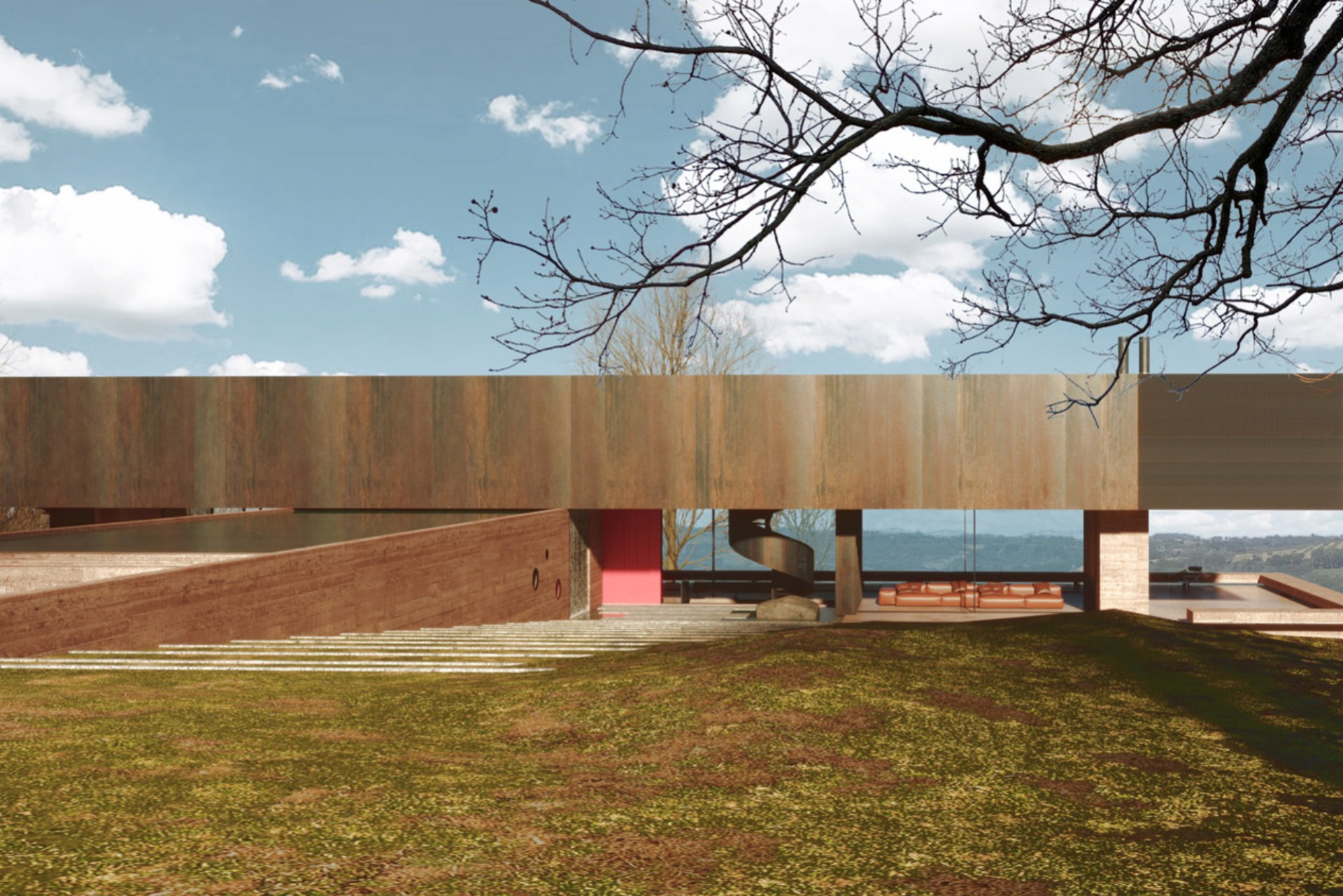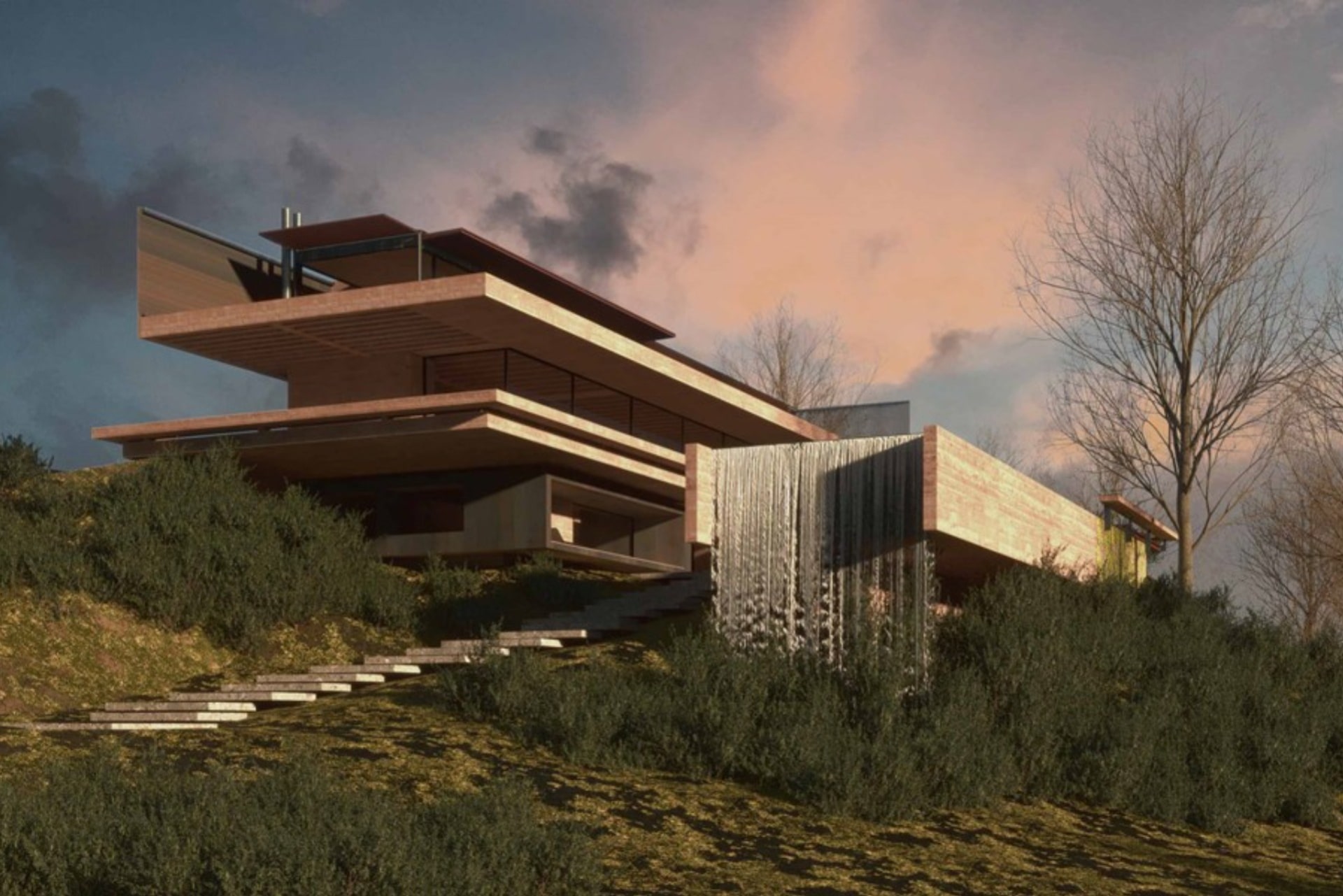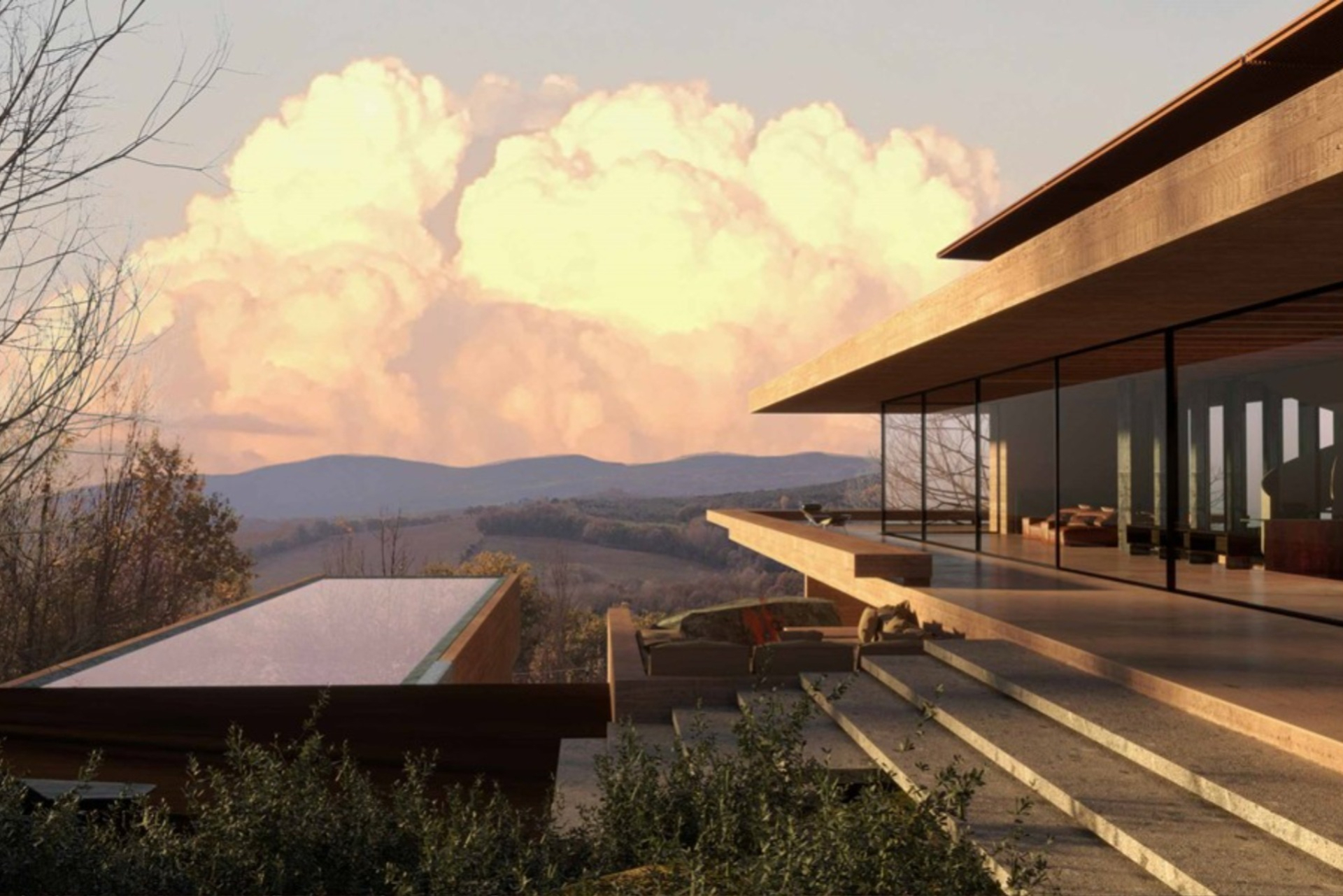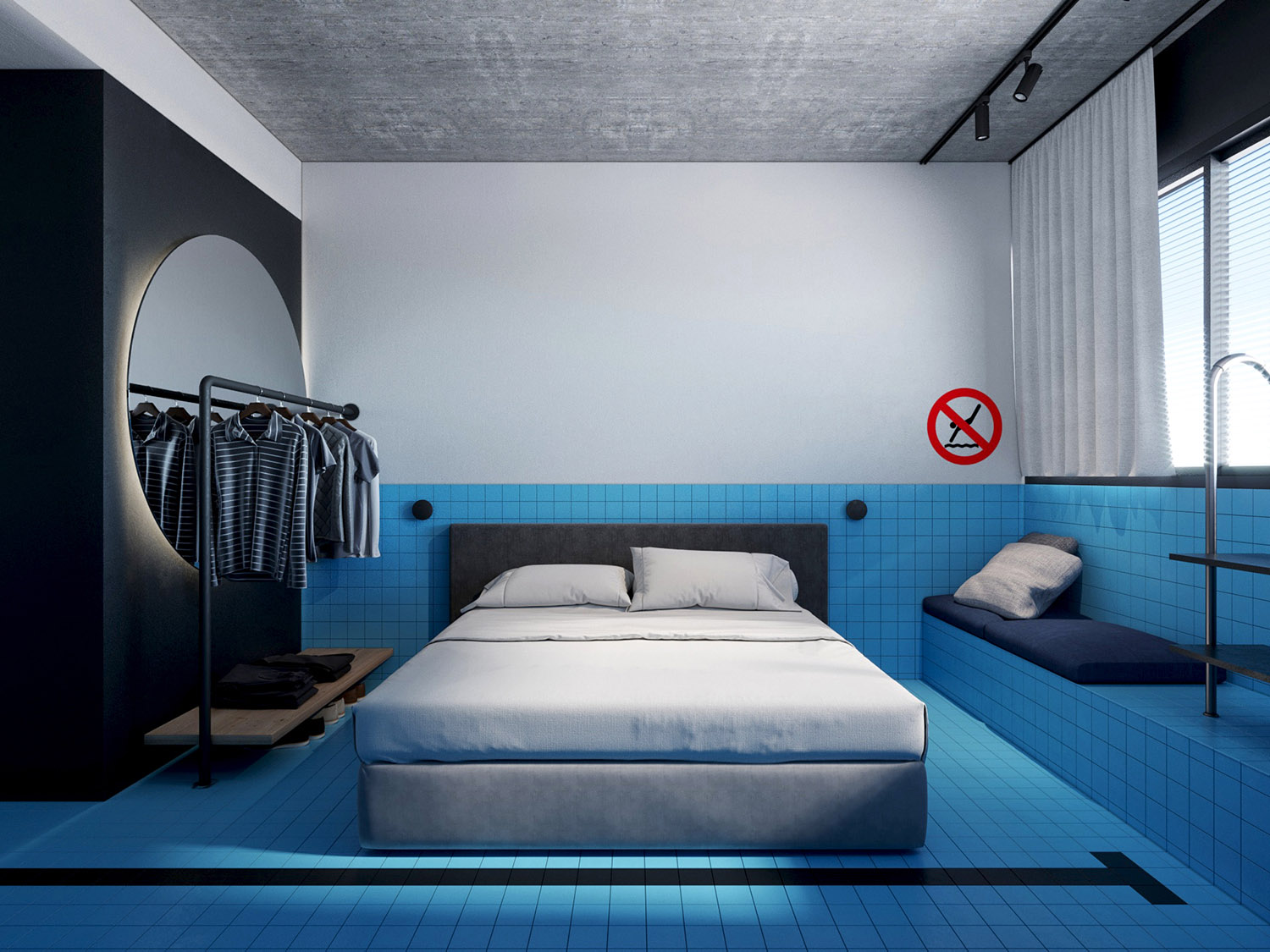You affirm to apply the same creative approach to interior design, furniture components, urban planning and small objects. Could you explain this approach to us?
In a recent interview Daniel Libeskind said “I am the same person when I design a city or when I design an object, when I design a building or a lamp”. William Morris, more than a century earlier, said “The field of architecture encompasses everything except pure desert”. Then, the motto of the Bauhaus was “from the sofa cushions to the construction of the city”. Thus, architecture encompasses a field that goes from the infinitely small to the infinitely large, from the object to the urban dimension. If the person who designs them is the same, the formal research and the criteria he follows are the same.
Citing a personal fact, one of the first chair prototypes I designed had a suspended bridge structure. The seat was designed as a leather bag suspended from an iron structure that supported it. At the same time, I was working on a project for the Copenhagen Concert Hall, which in fact was conceived in the same way. The building had to cross the street with a bridge structure and the conference rooms were like bags hanging from this bridge structure, with a side section very similar to that of the chair. Another project that comes to mind is the Regensburg Congress Center, a project I conceived when I was working on a prototype carbon fiber chaise-longue. As in the chaise-longue, whose design was that of a single self-supporting shell where seat, back and legs were a unique piece, likewise in the design of the Regensburg Congress Center covering, facade and overhanging terraces followed a similar formalization.







